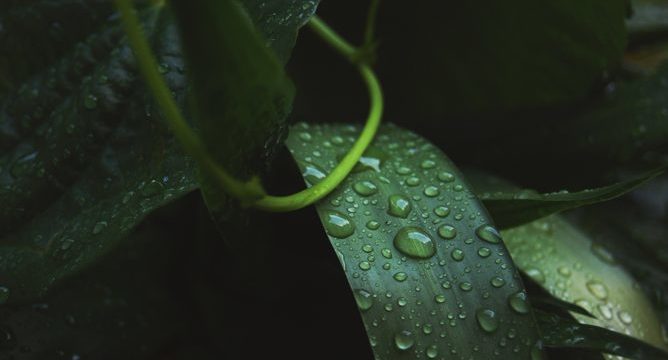
The Episcopal Student Center, an organization I am a part of on campus is in the process of starting a community garden. We have three large raised beds full of soil and compost. This week we are busy planting seeds and seedlings with a grid system in each of our boxes.
As I was watering the newest plants I began to explore the relationship between gardening and teaching. The four essential steps to establish and maintain healthy crops parallels those needed to develop confident and capable musicians.
1. Preparing an healthy environment
2. Planting the seeds
3. Watering the seeds
4. Waiting Diligently
Watering is the gardeners single most regular and vital commitment to plants. While sun is a never changing presence and the work of preparing a healthy environment and planting properly has already been done, watering is now the most important thing a gardener must do. I equate the time spent watering seeds to time spent practicing. It is our biggest responsibility as teachers to help students and parents practice techniques properly so that they will develop organically.
- WATER IMMEDIATELY
As discussed in part 2 of this series, I am perpetually scanning for the proper time to plant a seed. Once I do, I check to make sure it was planted by assessing student’s knowledge of the new skill. If this was all I did, my lessons would be rendered useless. However, I follow up this process by immediately practicing the skill in the lesson (italics). The ramifications of this are several fold. First, it jumpstarts the learning process and starts to build the myelin connection (link). Second, I am able to use several practice techniques and judge which one best fits the student’s learning needs. Third, I am able to model exactly the way I want practice to look at home. Finally, it boosts students’ motivation to practice by seeing progress happen in real time so quickly.
- FIND THE RIGHT WATER SOURCE
There are countless practice strategies available, but not all are created equal. Each problem spot, technique, and child will need a unique tactic to master what he or she is capable of. I spend time in the lesson selecting what this strategy will be based on my previous experience and quick trials with the student. There are a few that work in many situations and yield tremendous results.
Repetition (looping)
Slow practice
Isolating the left hand and right hand
Singing a passage out loud
Using rhythms to coordinate the LH fingers and speed up passages
- GOLDILOCKS EFFECT
Tim Ferriss in his book Four Hour Body (italics) discusses the minimum effective dose. This is the smallest amount of input required to yield effective results. This Minimum Effective Dose is what we seek to achieve in our practicing. A gardener wouldn’t dump as much water as he can on a seed day after day, and neither should we as teachers, parents, or students. On our weekly practice charts, I attempt to write a measure of how much I expect a student to practice (water) any given skill. This serves as both a minimum and maximum for what I expect. Students will practice playing Variation A of Twinkle thousands and thousands of times in their time with the violin, but I don’t expect that all to happen the week after I introduce the new skill.
- WATER TO SUFFICIENCY
One of the most effective aspects of the Suzuki method is the divided and shared responsibilities of parents, students, and teachers. These triangles of support allow for maximum growth at a time when students are most impressionable and capable of learning. By loading the responsibility of defining what should be practiced to the teacher, regular practicing to the parent, and growth for the student, great heights can be achieved. However, as the student advances, their roots will spread deeper and deeper. The competency will still necessitate water, but their elaborate root system will be nourished by natural springs and healthy soil, not the work of parents and teachers. By nurturing a plant with first watering it after planting, giving it water from the proper source, and watering it only the right amount, the plant will grow to be self sufficient. Similarly, your students will grow to be self sufficient if you nurture them with well timed, well planned, and well proportioned practice.
